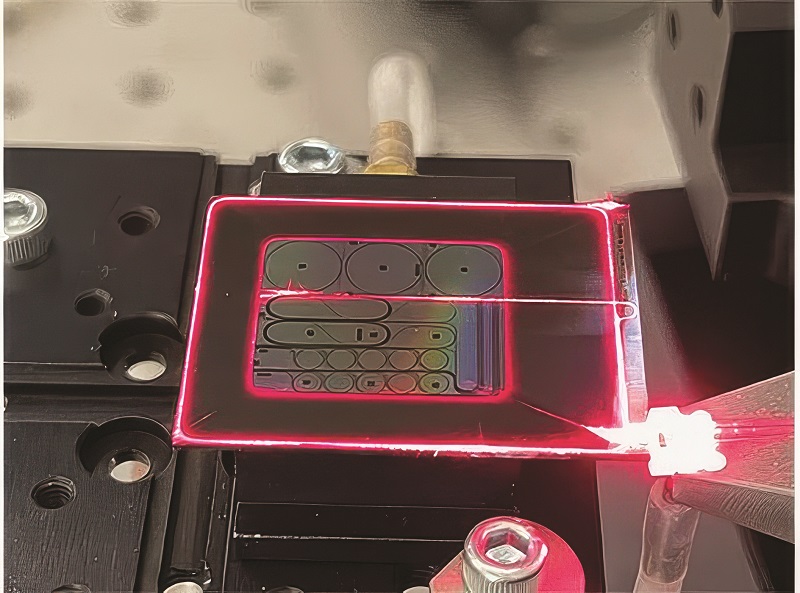Space gyroscope aims to surpass navigational grade

Anello Photonics is developing a new type of laser gyroscope for space missions, writes Nick Flaherty.
The Resonator Laser Gyroscope is being created for the US Air Force Research Laboratory and SpaceWERX, the innovation arm of the US Space Force. The gyro will be used in space missions to navigate autonomous systems and align laser communication systems accurately.
Anello has developed the silicon photonics optical gyroscope, or SiPhOG, based on integrated, photonic system-on-a-chip technology. This is similar to a classical, interferometric fibre-optic gyroscope, where phase-modulated light is launched into a waveguide; the light experiences equal but opposite additional phase shifts during rotation.
This additional phase shift is known as the Sagnac Effect. The return light from the waveguide is coupled into a photodetector, where the two return-beams produce an interference signal that is linearly proportional to the angular rate.
Anello has used silicon photonics and waveguides to do this on an ultra low-loss chip for a smaller inertial measurement unit for rugged, autonomous vehicles.
There is an ongoing effort to balance sensitivity and size when an optical system is operated at what is termed an exceptional point (EP) in a nanophotonic system, which occurs when gain and loss are balanced. This can radically change the behaviour of the optical system, creating large changes in system response to external stimulus.
The sensitivity of the macro-scale, ring laser gyro (RLG) is highly dependent on the optical ring-resonator loss and the enclosed-path length that the light travels.
The project aims to develop a single-channel gyro with better than navigational-grade performance with a volume of 1 in3 and 1 W power consumption. The technology will need to be radiation-hardened for use in space designs.
The first phase of the project will design a chip-level, symmetric RLG. Further investigation into what is required to push the design to the EP will be done, as this is still at an early stage of development.
The next phase will produce a sensor that satisfies complete performance requirements, and the prototype gyro and Phase II electronics will be tested in an actual dynamic environment with DC rate, AC rate and reasonable temperature ranges. The data will be used to validate behavioural models from Phase II.
UPCOMING EVENTS























